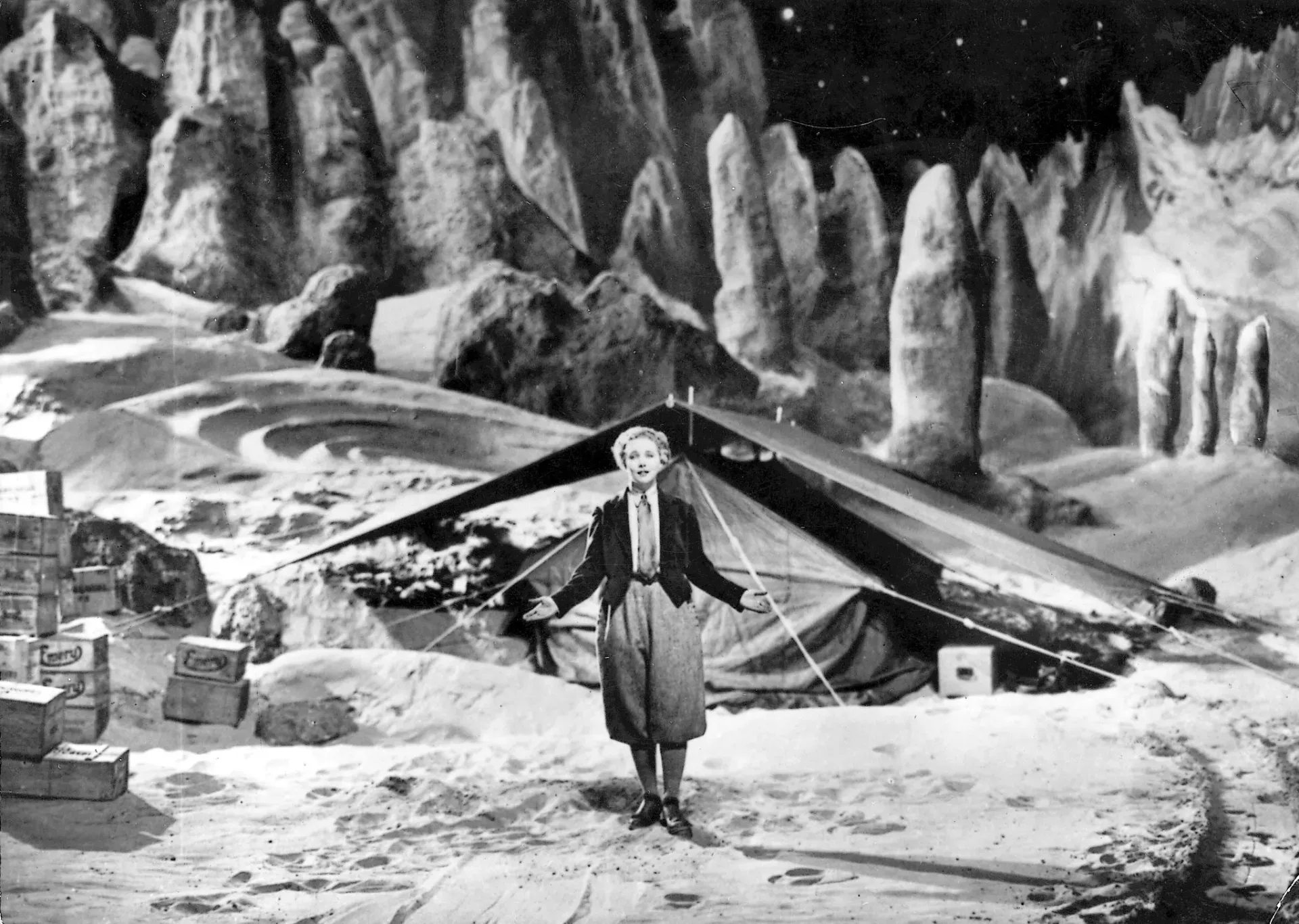Fritz on Fridays: Woman in the Moon
A blueprint for the blockbusters of today.

On the first Friday of every month, this column by critic Joshua Polanski will feature a short review or essay on a film directed by Fritz Lang (1890-1976), the great Austrian “Master of Darkness.” Occasionally (but not too occasionally), Fritz on Fridays will also feature interviews and conversations with relevant critics, scholars and filmmakers about Lang’s influence and filmography.
Spies, love triangles, visual-effects spectacle, space travel and dramatic countdowns. Look at the all-time box office numbers, or any recent year’s chart-toppers, and you will see similarities with Fritz Lang’s last silent film, 1929’s Woman in the Moon. The quasi-mythical Austrian director cashes in one of his biggest blank checks on a wild and almost three-hour-long science-fiction adventure that doubles as a blueprint for the blockbusters of today.
Based on a novel by his then-wife Thea von Harbou, Woman in the Moon is simultaneously romantic and misanthropic. Klaus Pohl plays an underused Professor Georg Mannfeldt, a cutting-edge astrophysicist whose theories of space travel and (especially) the moon being gold-rich make him a laughing stock in high-class society. A much younger Wolf Helius (Willy Fritsch) gets a whiff of the professor’s treatise and seeks his help to go to the moon and get rich. (It’s a privately funded journey, much like the rocket Lang attempted to help fund for the film’s premiere.) Bad guys hear of the upcoming journey and force both Professor Mannfeldt and Helius to take along their henchman, Walter Turner (Fritz Rasp); he is officially credited as “The Man who calls himself Walter Turner,” an accreditation that alludes to the film’s ironic self-awareness.
The launch sequence is one of the most enthralling 10 minutes I’ve ever seen. Lang takes his time revealing the rocketship, knowing the grandeur of the moment. It’s Olympian in scale, romantic in execution. Slow pans and long takes slowly reveal more and more of the moment without ever giving away the full picture of the rocket or their crazy mission. The crowd shots elevate the material by making it bigger than the idealistic dreams of capitalists and kooky scientists. They are some of the best shots in the bunch, too, with men taking off their hats in unison as if what they are witnessing is holy. The overwhelming spectacle of power anticipates Leni Riefenstahl’s Triumph of the Will, maybe especially in its reflection of the power onto the faces of the populace.
The countdown to launch trope reportedly begins here and traces through the movies into real space exploration, an influential touch in which the never-humble Lang would have surely delighted; and the countdown still thrills nearly 100 years later despite losing its originality to its influence.
Continue reading at the Midwest Film Journal.